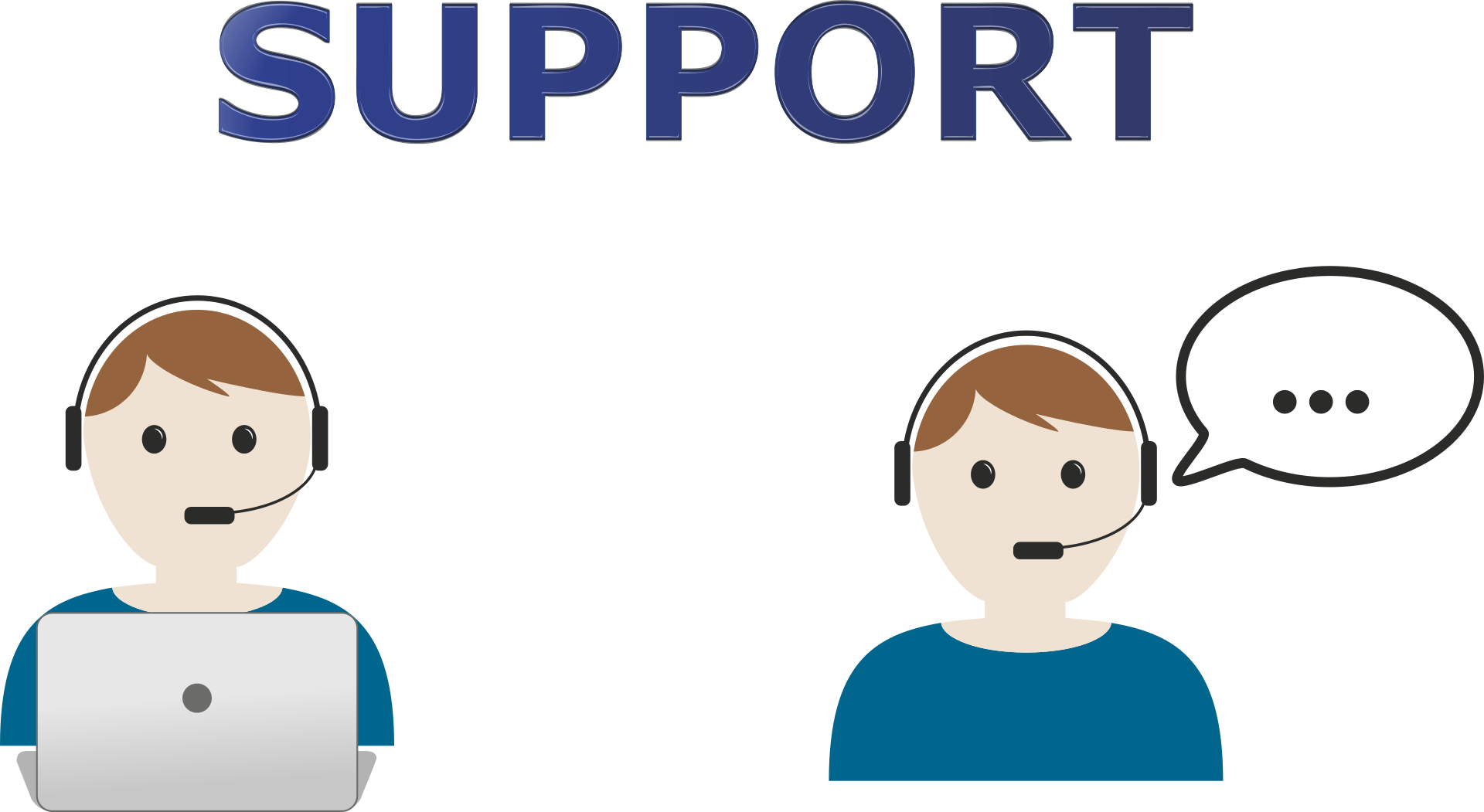Are you struggling to keep pace with the ever-evolving demands of your Agile projects? In today’s fast-paced development environment, scaling your team efficiently is not just an option; it’s a necessity. Therefore, you must use staff augmentation, a strategic solution that can rapidly accelerate your Agile project delivery.
Discover how integrating skilled professionals into your team can bring unparalleled flexibility and expertise, significantly boosting your project’s efficiency.
We’ll explore the tangible benefits, practical strategies, and insightful best practices to help you effectively scale your Agile team through staff augmentation.
Get ready to transform the way you manage your projects and achieve remarkable results.
Understanding Staff Augmentation: A Quick Primer
Staff augmentation is a flexible strategy for outsourcing the right talent for the right job. This strategy is followed by big firms globally for managing augmented teams.
Unlike conventional hiring, which often involves a lengthy recruitment process and long-term commitments, staff augmentation offers a nimble approach to scaling teams.
This strategy is particularly beneficial for businesses needing specialized skills for short-term projects or to fill temporary skill gaps.
Here’s a breakdown of how staff augmentation differs from traditional hiring:
- Time Efficiency: Staff augmentation services enable quick onboarding of skilled professionals, reducing the time-to-hire significantly compared to the traditional recruitment process.
- Cost-Effectiveness: It eliminates many overhead costs associated with full-time employees, such as benefits, office space, and long-term contracts.
- Flexibility and Scalability: Companies can scale their teams up or down based on project requirements without the long-term commitment of a full-time hire.
Types Of Staff Augmentation
There are three main types of staff augmentation, which are:
- Short-term: Typically used for specific projects with tight deadlines or to cover temporary absences.
- Long-term: Ideal for extended projects where ongoing support is required.
- Specialized: Focuses on providing experts in niche areas or new technologies that are not present in-house.
Understanding these distinctions and the types of staff augmentation available helps businesses make informed decisions about how to effectively scale their teams and meet project demands.
This approach is increasingly popular in Agile environments, where adaptability and speed are key.
The Role Of Staff Augmentation In Agile Project Management
Integrating augmented staff into Agile teams can significantly enhance project management efficiency.
In Agile environments, where adaptability and rapid iteration are paramount, augmented staff provides the necessary skills and manpower to meet fluctuating project demands.
Impact on Agile Processes and Workflows:
- Enhanced Skill Set: Augmented staff bring specialized skills that might be lacking in the current team, facilitating more diverse and innovative approaches to problem-solving.
- Increased Flexibility: They allow Agile teams to quickly adapt to changing project requirements, ensuring that deadlines are met without compromising on quality.
- Improved Productivity: With more hands on deck, teams can manage larger workloads more efficiently, accelerating project timelines.
A practical example of successful integration can be seen in a tech startup that leveraged professional IT staff augmentation to speed up the development of a new software product.
Facing a tight deadline, the startup augmented its existing team with skilled developers who specialized in the required technology stack.
This integration allowed the team to maintain Agile methodologies, like daily stand-ups and sprint planning, while effectively managing the increased workload.
As a result, the product was developed and launched within the desired timeframe, demonstrating the effectiveness of staff augmentation in Agile project management.
The key to success in such integration lies in ensuring that the augmented staff are not only skilled but also align with the company’s Agile culture and practices.
This alignment ensures seamless collaboration and optimal results.
Benefits Of Staff Augmentation For Agile Teams
Staff augmentation offers a myriad of benefits to Agile teams, enabling them to tackle projects more effectively and efficiently. Here are some of the key advantages:
1. Access To Specialized Skills And Expertise
Staff augmentation allows Agile teams to bring in professionals with specific skill sets that may be lacking internally.
This is especially valuable for projects requiring niche expertise or for navigating emerging technologies.
2. Flexibility And Scalability
Agile projects often fluctuate in scope and scale, necessitating a flexible workforce.
Staff augmentation provides the ability to scale the team size up or down based on the current needs of the project, ensuring that resources are optimally utilized.
3. Cost-Effectiveness And Efficiency
By augmenting staff, companies can avoid the long-term costs associated with permanent hires, such as benefits, training, and other overheads.
This approach is also efficient in reducing recruitment time, enabling teams to focus more on project delivery rather than on lengthy hiring processes.
4. Enhanced Productivity
With additional skilled resources, Agile teams can manage workloads more effectively, leading to increased productivity.
This also allows for faster turnaround times on projects, as tasks can be distributed more evenly and handled more competently.
5. Focus On Core Business
Augmentation frees up internal resources, allowing teams to focus on core business activities.
This is particularly beneficial for smaller teams or startups, where internal resources are often stretched thin.
Overcoming Common Challenges In Staff Augmentation
While staff augmentation offers significant benefits to Agile teams, it also comes with its own set of challenges.
Addressing these effectively is key to leveraging the full potential of this strategy.
1. Addressing Skill Gaps And Training Needs
One of the primary challenges is ensuring that augmented staff possess the right skill sets and are up to date with the latest technologies.
Regular training and professional development opportunities are essential to bridge any skill gaps.
2. Navigating Administrative And Legal Considerations
Augmenting staff often involves dealing with contracts, legal compliance, and administrative tasks, especially when hiring internationally.
It’s important to have a clear understanding of these aspects or work with a partner who can manage them.
3. Ensuring Quality And Performance
Maintaining the quality of work and ensuring the performance of augmented staff can be challenging.
Setting up key performance indicators (KPIs), regular performance reviews, and continuous feedback mechanisms can help in monitoring and maintaining work standards.
4. Cultural And Communication Barriers
Augmented teams might face challenges due to cultural differences and communication barriers, especially in a remote working environment.
Encouraging open communication, cultural sensitivity training, and team-building activities can mitigate these issues.
5. Integration With Existing Teams
Ensuring seamless integration of augmented staff with existing teams is critical.
This requires clear communication of roles, responsibilities, and project goals, along with fostering a collaborative team culture.
The Best Staff Augmentation Practices In 2024
If you want to make the most of staff augmentation for agile project management, here are some necessary practices that you must inculcate:
1. Maintaining Clear Communication
If you wish to have a strong team that gets theory work done on time with zero errors, having clear and open communication channels is a necessity.
Having proper communication between all the members of the team is necessary for development. This is because it facilitates everyone in the team to work together and solve any issues that may crop up.
Moreover, open communication improves team bonding, which is crucial for all team members to understand their strengths and weaknesses. This helps the team leaders to make better decisions regarding the allocation of work according to everyone’s strengths and expertise.
Therefore, use team communication tools like Slack, Asana, Trello, Skype, and Microsoft Teams.
2. Clearly Define Job Roles
To get the most out of staff augmentation, you must define everyone’s job roles. If all members of your team know what they must do – and what they shouldn’t do – to get the job done, it prevents chaos and conflicts between your team members.
Moreover, having clear job roles will make everyone’s daily tasks clear. In addition, having a job role comes with various expectations. Therefore, it will help team leaders better measure the performance and efficacy of team members.
3. Learn How To Use Project Management Tools
If you want to lead a project from initiation to its completion, you and your staff must use the best project management tools in 2024.
Project management tools provide better documentation and storage of all work done by your team. Moreover, this helps in staff augmentation since many outsourced employees might be from other countries. Therefore, giving them limited access to to your sheets will help you better track and manage their work.
The best project management tools in 2024 are Trello, Jira, and Microsoft Office 365.
4. Encourage Documentation-Driven Development
How do you know that an outsourced staff member has done their work? No word of mouth will be tolerated here. The only permissible proof is proper documentation of your work.
Therefore, team leaders and managers should encourage a work culture where all staff members (especially augmented staff members) must have proper and updated documentation of their daily work.
This will help you keep track of everyone’s work and help you asses future actions and strategies.
Conclusion: Scale Your Agile Team with Staff Augmentation
In conclusion, staff augmentation emerges as a powerful strategy for scaling Agile teams, addressing skill gaps, and enhancing project delivery efficiency.
This approach provides a pragmatic solution to the dynamic challenges of modern project management, offering flexibility, specialized expertise, and cost-effectiveness.
To recap the key benefits:
- Access to a global talent pool for specialized skills.
- Scalability to meet fluctuating project demands.
- Cost savings compared to traditional hiring.
- Increased productivity and efficiency.
However, it’s important to approach staff augmentation with a strategic mindset.
Choosing the right partner, ensuring cultural and process alignment, and effectively managing augmented staff are crucial steps towards success.
Additionally, overcoming challenges like administrative hurdles, quality assurance, and team integration is essential for a seamless experience.
Moreover, following the best staff augmentation practices will help you manage and track everyone’s work. In addition, it also facilitates clearer communication with outsourced staff members as well.
Read Also:


























